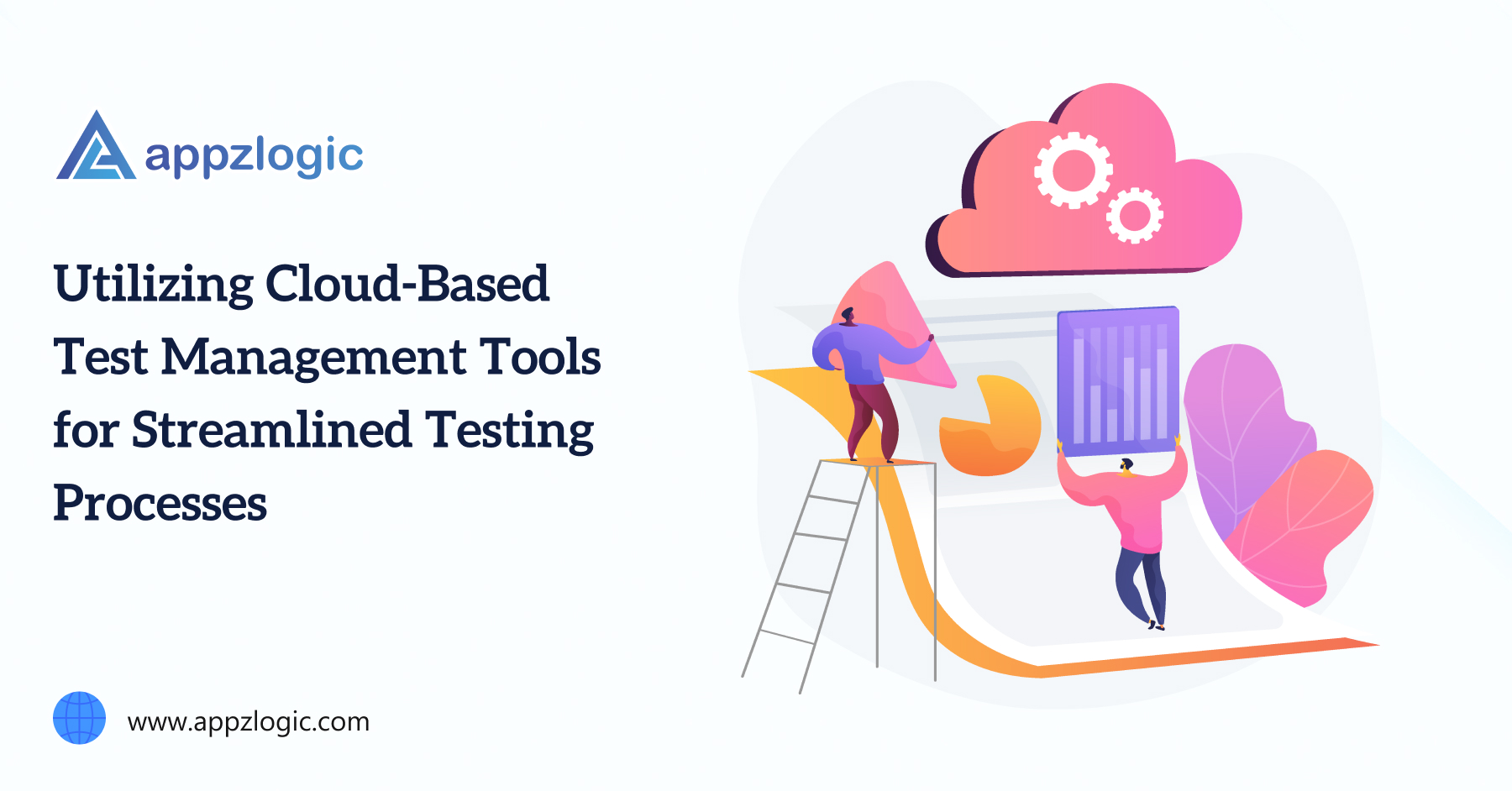In today’s fast-paced and competitive business landscape, efficient test management is the linchpin of successful software testing. The orchestration of tests, meticulous tracking of requirements, and effective defect management are pivotal to delivering high-quality software. Enter cloud-based test management tools – the game-changer that has redefined how organizations approach testing, bringing forth a plethora of advantages.
Test Management in the Cloud
Before diving into the benefits of cloud testing services, let’s grasp the essence of test management. It involves the systematic planning, tracking, and control of testing activities throughout the software development lifecycle, encompassing test case management, requirements traceability, test planning and execution, and defect tracking.
Cloud-based test management solutions take this concept to new heights, providing a centralized platform accessible via the internet. This eliminates the need for on-premises infrastructure, offering a scalable and flexible environment for testing that aligns seamlessly with the dynamic nature of software development.
The Growth of Cloud Testing Services
A recent study projects a compound annual growth rate of over 15% for the global cloud-based test management market between 2021 and 2026. This robust growth signifies a widespread recognition of the transformative benefits that cloud testing services bring to the testing arena.
Benefits of Cloud-Based Test Management Tools
Scalability and Flexibility:
- Cloud-based test management tools offer unparalleled flexibility, allowing teams to scale testing resources based on project requirements.
- Provisioning additional servers, virtual machines, or testing environments becomes a breeze, ensuring optimal resource utilization and faster time-to-market.
Cost Savings and Resource Optimization:
- Organizations can significantly cut down on hardware and infrastructure costs by embracing cloud testing services‘ pay-as-you-go model.
- Resource allocation becomes optimized, as cloud resources are leveraged on-demand, eliminating the need for substantial upfront investments.
Collaboration and Remote Access:
- Cloud-based tools enable geographically dispersed teams to collaborate seamlessly.
- Testers, developers, and stakeholders can access the testing environment from anywhere, fostering real-time collaboration and efficient communication.
Real-time Reporting and Analytics:
- Robust reporting and analytics capabilities provide real-time insights into testing progress, test coverage, and defect trends.
- Customized reports empower test managers to make data-driven decisions, enhancing overall testing efficiency and quality.
Key Features to Look for in Cloud-based Test Management Tools
When selecting a cloud-based test management tool, certain key features should be prioritized to ensure a smooth testing experience:
Ease of Use: Intuitive interfaces and workflows facilitate seamless usage, reducing the learning curve for new users.
Test Case Management and Organization: Comprehensive features for creating, organizing, and executing test cases efficiently, including versioning and prioritization.
Requirements Traceability: Ensuring traceability between test cases and requirements to validate the application’s compliance with desired specifications.
Test Planning and Execution: Intuitive interfaces for test planning, estimation, scheduling, and execution, capturing results and managing test cycles.
Defect Tracking and Management: Centralized defect repositories with workflows for efficient defect management and seamless collaboration.
Integration Capabilities: Seamless integration with other software development and testing tools, including bug-tracking systems and CI/CD pipelines.
Popular Cloud-based Test Management Tools in the Market
XQual:
- Offers a user-friendly interface and features such as test case management, requirements traceability, test planning, execution, and defect tracking.
- Integrates seamlessly with other testing tools, creating a connected ecosystem for enhanced efficiency.
TestRail:
- A widely recognized tool trusted by organizations globally, providing comprehensive features for test case management, test run management, and reporting.
- Seamless integration with popular issue-tracking tools for efficient defect management.
SpiraTest:
- Comprehensive support for the testing lifecycle, offering features for requirements management, test case management, execution, and defect tracking.
- Robust reporting and analytics capabilities for real-time visibility and data-driven decision-making.
QMetry:
- Enables agility and efficiency in software testing processes with features for test case management, planning, execution, and defect tracking.
- User-friendly interface and robust reporting capabilities for enhanced visibility.
JIRA with Xray Plugin:
- Integration of JIRA with the ‘Xray’ plugin creates a comprehensive test management solution within the software development lifecycle.
- Popular for its issue tracking and project management capabilities, becoming a robust test management tool with the plugin.
Best Practices for Implementing Cloud-based Test Management
- Assessing Test Management Needs and Objectives: Evaluate testing requirements, team size, and project goals to identify specific tool features needed.
- Selecting the Right Tool: Conduct thorough research, comparing tools based on ease of use, scalability, integration capabilities, and customer support.
- Planning and Executing a Smooth Migration: Create a migration plan, ensuring proper data backup and a seamless transition to minimize disruption.
- Training and Onboarding Your Team: Provide comprehensive training to maximize productivity and minimize the learning curve for team members.
- Ensuring Data Security and Privacy: Choose a reputable cloud service provider with robust security measures, including encryption and access controls.
Overcoming Challenges in Cloud-based Test Management
Connectivity and Latency Issues: Ensure a stable internet connection, consider offline testing capabilities, and implement backup solutions to mitigate connectivity issues.
Data Integration and Migration Challenges: Plan migration carefully, perform thorough testing after migration, and ensure the integrity and accuracy of migrated data.
Security and Compliance Considerations: Prioritize data security and compliance, choosing a cloud service provider that meets necessary security standards.
Vendor Reliability and Support: Select a reputable vendor with reliable service, prompt support, and regular updates to ensure a smooth testing experience.
A Future of Seamless Testing
Cloud-based test management tools have ushered in a new era of efficiency in software testing. The benefits of scalability, cost savings, collaboration, and real-time reporting are reshaping how organizations approach testing processes. By carefully selecting the right tool, organizations can unlock the full potential of cloud testing services, driving success in their testing efforts and ensuring the delivery of high-quality software in an agile and dynamic landscape. Embrace the cloud, and pave the way for a future of seamless testing.




